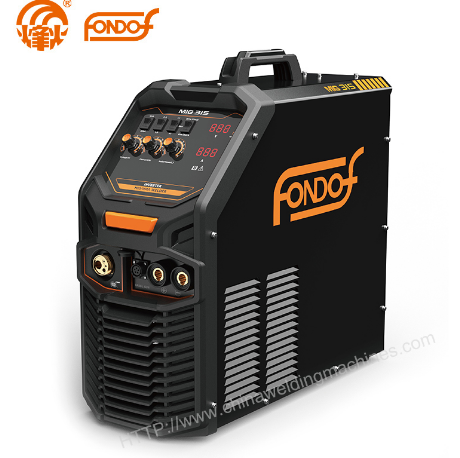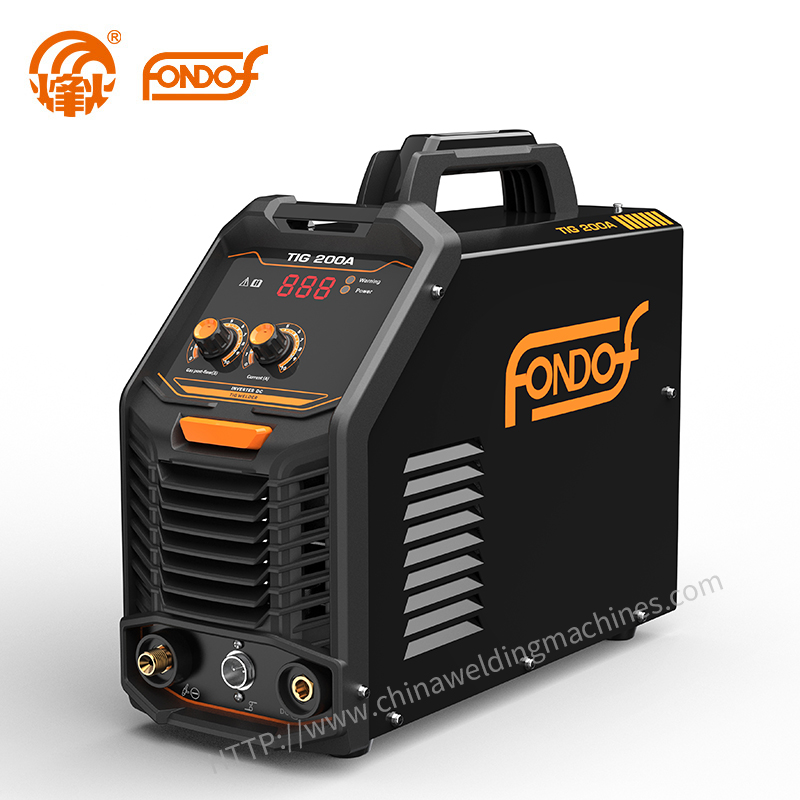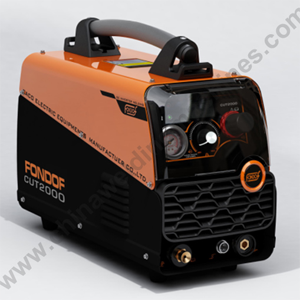Differences between MIG and MMA Welding Machines
 Mar. 22, 2024
Mar. 22, 2024
MIG and MMA welding machines are frequently employed in metal fabrication and welding tasks, yet they exhibit notable distinctions in their operation, ideal welding applications, and compatible materials. This article will delineate the primary disparities between MIG and MMA welding machines.
MIG Welding Machine
MIG, an acronym for Metal Inert Gas welding, utilizes a wire feed system where a continuous wire is fed through a welding gun. Connected to a power source, this wire receives the required electricity to heat and melt, facilitating the fusion of two metal pieces.
MIG welding machines commonly employ a shielding gas to safeguard the weld pool against atmospheric impurities. This gas blend typically comprises argon and carbon dioxide, although alternatives like helium or nitrogen are also viable. The shielding gas is typically delivered through the welding gun alongside the wire.
MIG welding finds frequent application in joining thin sheet metal or other lightweight materials due to its ability to yield clean, precise welds with minimal spatter. It's also suitable for thicker materials like structural steel or aluminum, although adjusting the amperage setting or using a different wire type may be necessary.
MIG welding is favored for its simplicity and efficiency. It's a straightforward technique that can be grasped swiftly, and the uninterrupted wire feed enables rapid welding without frequent pauses for reloading. Nonetheless, MIG welding demands steady hands and precise control, as weld quality can suffer if the operator isn't meticulous.
MMA Welding Machine
MMA stands for Manual Metal Arc welding, a process wherein an electrode, usually a metal rod or stick, is manually introduced into the welding arc. This electrode is linked to a power source that supplies the required electricity to heat and melt the metal, facilitating the fusion of two metal pieces.
MMA welding machines operate without the need for shielding gas, as the electrode possesses a protective coating that melts and envelops the weld pool. This coating serves to shield the weld from atmospheric impurities, thereby preserving weld quality.
MMA welding finds frequent application in joining thicker materials like steel or cast iron, delivering robust and enduring welds capable of withstanding substantial stress and strain. Moreover, it is suitable for outdoor or windy conditions, as the electrode coating offers some resistance against wind and adverse weather conditions.
Mastering MMA welding poses greater challenges compared to MIG welding, demanding precise control over the welding arc and a steady hand. Operators must meticulously manage the electrode angle and uphold a consistent distance between the electrode and the workpiece.
Comparison of MIG and MMA Welding Machines
Operation:
MIG welding machines utilize a continuous wire feed through a welding gun, whereas MMA welding machines employ a manually fed metal electrode into the welding arc.
Shielding gas:
MIG welding machines necessitate a shielding gas to safeguard the weld pool from atmospheric contamination, while MMA welding machines operate without requiring a shielding gas.
Types of welding:
MIG welding is commonly employed for welding thin sheet metal or lightweight materials, whereas MMA welding is preferred for welding thicker materials like steel or cast iron.
Materials:
MIG welding is versatile, suitable for welding various materials including steel, aluminum, and other metals. MMA welding is primarily recommended for welding steel and cast iron.
Ease of use:
MIG welding is generally easier to learn and faster to operate than MMA welding, although it does require a steady hand and good control. MMA welding is more difficult to master but can produce stronger, more durable welds.
It is our great honor to satisfy your requirements on welding products. Any requirement from you will be maximized by us.
 Previous:
What is MIG/MAG Welding?
Previous:
What is MIG/MAG Welding?




























